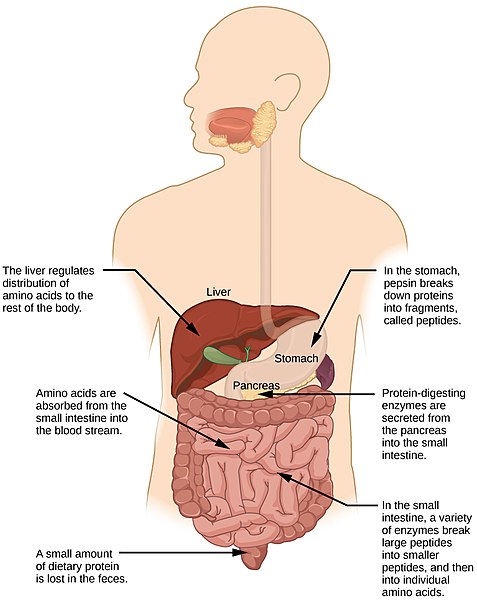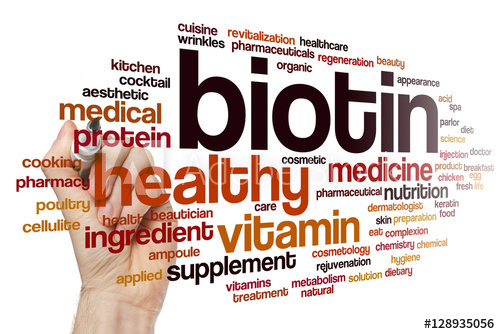
by Gill | Jun 6, 2018 | Healing Food Facts, Natural Facts, Supplements, Treatments and Research
Gut health is a growing health craze for good reason. Digestive issues are a widespread problem affecting roughly one out or every three adults that contributes to millions of doctor visits in the United States every year. In an effort to improve their digestive...

by Gill | May 22, 2018 | Most Recent, Natural Facts
Introduction Enzyme preparations are one of nature’s most powerful therapeutic agents. In particular, the proteolytic enzymes (or proteases) that digest break down proteins into smaller units have shown fantastic results for in many clinical indications. One of the...

by Gill | Mar 20, 2018 | Alzheimer's Disease, Diabetes, Healing Food Facts, Natural Facts
Introduction: One of the most exciting natural products in current medical research is berberine, an alkaloid found in goldenseal root, barberry bark, Oregon grape root, and coptis (goldthread) root. I previously wrote a newsletter back in 2015 titled “Berberine: An...

by Gill | Feb 13, 2018 | Natural Facts
I am venturing off the regular topic of nutrition and natural products to discuss something that has really been on my mind lately. Have you ever known a person who was great at giving good advice, but never seemed to follow that advice themselves? I think we all have...

by Gill | Dec 12, 2017 | Natural Facts
Introduction: In January, 2017, the B vitamin biotin was in the news as a possible breakthrough treatment for multiple sclerosis. This positive news was dampened a bit when the U.S. Food and Drug Administration (FDA) released a warning regarding the safety of biotin...








